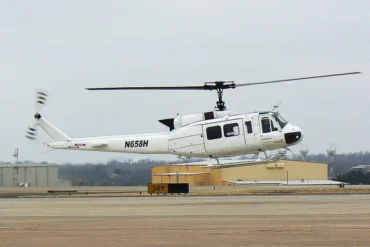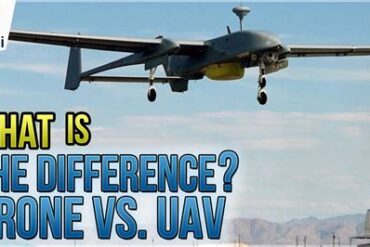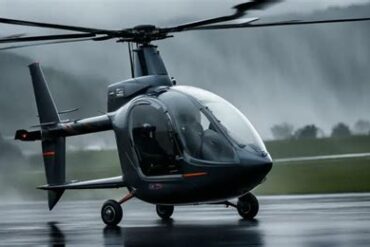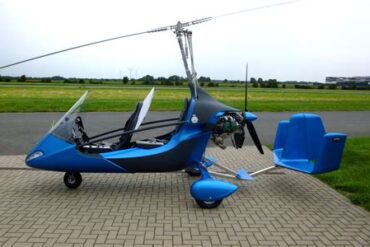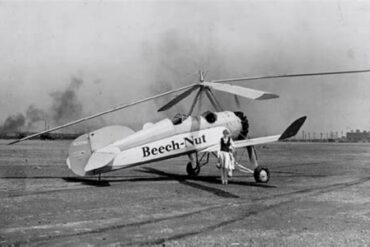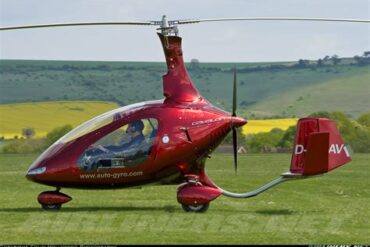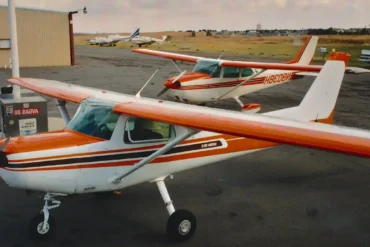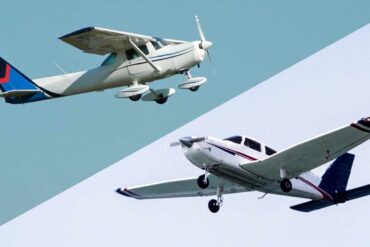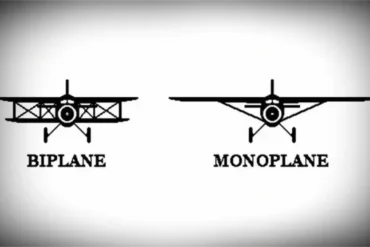Gyrocopters and autogyros are two terms often used interchangeably, leading to confusion among aviation enthusiasts and professionals alike. While these aircraft share similarities, they also have distinct differences that set them apart. In this article, we delve into the specifics of what makes a gyrocopter different from an autogyro, exploring their history, design, functionality, and usage.
Historical Background
The Inception of the Autogyro
The term autogyro refers to a type of rotorcraft that was first conceptualized and created by Spanish engineer Juan de la Cierva in the 1920s. The invention came as a response to the high accident rate of fixed-wing aircraft, particularly in situations involving low-speed flight. De la Cierva’s goal was to design an aircraft that could fly safely at low speeds and still maintain controlled flight without stalling.
The autogyro achieved this by utilizing an unpowered rotor to generate lift, with a separate engine-driven propeller providing thrust. This pioneering design laid the groundwork for the development of other rotorcraft, including the helicopter and the gyrocopter.
The Evolution to Gyrocopters
The term gyrocopter is often used synonymously with autogyro, but it generally refers to the more modern iterations of de la Cierva’s original concept. The gyrocopter emerged in the mid-20th century as a more refined and user-friendly version of the autogyro. Advances in materials, engineering, and aerodynamics allowed for the creation of gyrocopters that were not only safer and more efficient but also easier to operate.
The most significant difference between early autogyros and modern gyrocopters is in their construction and performance capabilities. Gyrocopters are typically lighter, more agile, and equipped with more sophisticated control systems than their autogyro predecessors.
Design and Construction
Rotor System
Both gyrocopters and autogyros rely on an unpowered rotor to generate lift. This rotor spins freely in the airstream as the aircraft moves forward, a process known as autorotation. The rotor system is the key element that distinguishes these aircraft from fixed-wing airplanes and helicopters.
In an autogyro, the rotor is usually larger and heavier, designed for stability and smooth flight. Gyrocopters, on the other hand, often feature rotors made from lighter materials, allowing for greater maneuverability and responsiveness. Modern gyrocopters may also have advanced rotor designs that improve lift efficiency and reduce drag.
Engine and Propulsion
The engine configuration is another area where gyrocopters and autogyros differ. In an autogyro, the engine is typically used to power a propeller that provides forward thrust. This propeller is usually located at the front or rear of the aircraft, depending on the design.
Gyrocopters, however, often feature more advanced propulsion systems. Many modern gyrocopters use pusher propellers mounted at the rear of the aircraft, which helps reduce drag and improve aerodynamics. Some gyrocopters are also equipped with turbocharged or fuel-injected engines, offering better performance at various altitudes and under different weather conditions.
Cockpit and Controls
The cockpit and control systems in gyrocopters are generally more advanced than those found in traditional autogyros. Gyrocopters often feature enclosed cockpits, which provide better protection from the elements and allow for more comfortable flight at higher speeds and altitudes.
Additionally, modern gyrocopters are equipped with sophisticated avionics, including GPS navigation, digital displays, and electronic flight control systems. These enhancements make gyrocopters easier to operate and safer for inexperienced pilots, contributing to their growing popularity.
Flight Characteristics
Stability and Control
One of the primary reasons for the invention of the autogyro was its inherent stability in flight. The autorotating rotor system naturally prevents the aircraft from stalling, making it safer than fixed-wing airplanes, especially at low speeds.
Gyrocopters inherit this stability from autogyros but improve upon it with more responsive controls and better aerodynamic designs. Modern gyrocopters are known for their agility, able to perform tight turns and rapid maneuvers that would be challenging for traditional autogyros.
Speed and Performance
While autogyros are generally limited to relatively low speeds, typically ranging from 30 to 100 miles per hour, gyrocopters can achieve higher speeds due to their improved aerodynamics and more powerful engines. Some gyrocopters are capable of reaching speeds of up to 120 miles per hour or more, making them suitable for a wider range of missions, including recreational flying, surveillance, and even light cargo transport.
Takeoff and Landing
Both autogyros and gyrocopters excel in short takeoff and landing (STOL) performance. Unlike helicopters, which can take off and land vertically, autogyros and gyrocopters require a short runway. However, due to their lightweight construction and efficient rotor systems, they need significantly less runway length than fixed-wing airplanes.
Gyrocopters, with their more advanced designs, typically require even shorter distances for takeoff and landing compared to traditional autogyros. This capability makes gyrocopters particularly useful in areas with limited infrastructure or in emergency situations where quick deployment is essential.
Usage and Applications
Recreational Flying
Both gyrocopters and autogyros are popular choices for recreational pilots. Their relatively low cost, ease of operation, and unique flight characteristics make them appealing to aviation enthusiasts. Gyrocopters, in particular, are favored for their agility and speed, offering a more thrilling experience than traditional autogyros.
Surveillance and Patrolling
The stability and low-speed capabilities of autogyros make them ideal for surveillance and patrolling missions. They are commonly used by law enforcement agencies, wildlife conservationists, and border patrol units. Gyrocopters, with their enhanced performance and advanced avionics, are increasingly being used for similar purposes, offering a faster and more versatile platform for aerial observation.
Agricultural and Industrial Uses
In agriculture, autogyros have been employed for crop dusting and aerial surveying, thanks to their ability to fly at low altitudes and low speeds. Gyrocopters are now also being used in these roles, offering greater efficiency and precision due to their advanced control systems and higher speed capabilities.
In industrial applications, both types of aircraft are used for pipeline inspection, power line monitoring, and other tasks that require slow, stable flight over extended periods.
Emergency Response and Search and Rescue
The quick deployment and short takeoff and landing capabilities of gyrocopters make them valuable assets in emergency response situations. They can be used for search and rescue missions, medical evacuations, and disaster relief operations, particularly in areas where traditional aircraft cannot operate effectively.
Conclusion
While gyrocopters and autogyros share a common heritage and many design elements, they are distinct in several key areas. The autogyro represents the early development of rotorcraft technology, emphasizing stability and safety at low speeds. In contrast, the gyrocopter is a modern evolution, offering enhanced performance, greater agility, and advanced technological features.
Understanding these differences is crucial for anyone interested in these unique aircraft, whether for recreational flying, commercial use, or emergency response. As technology continues to advance, we can expect further innovations in both gyrocopters and autogyros, expanding their capabilities and applications even further.

